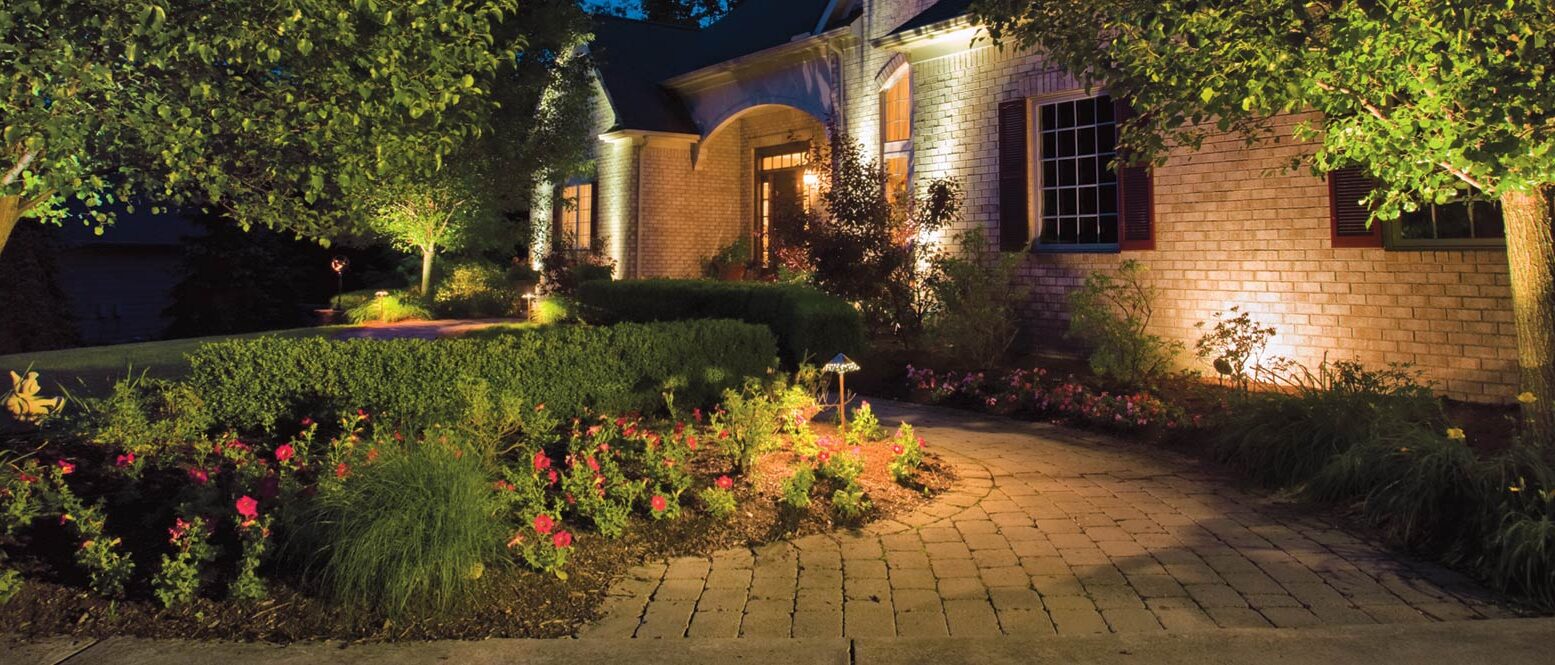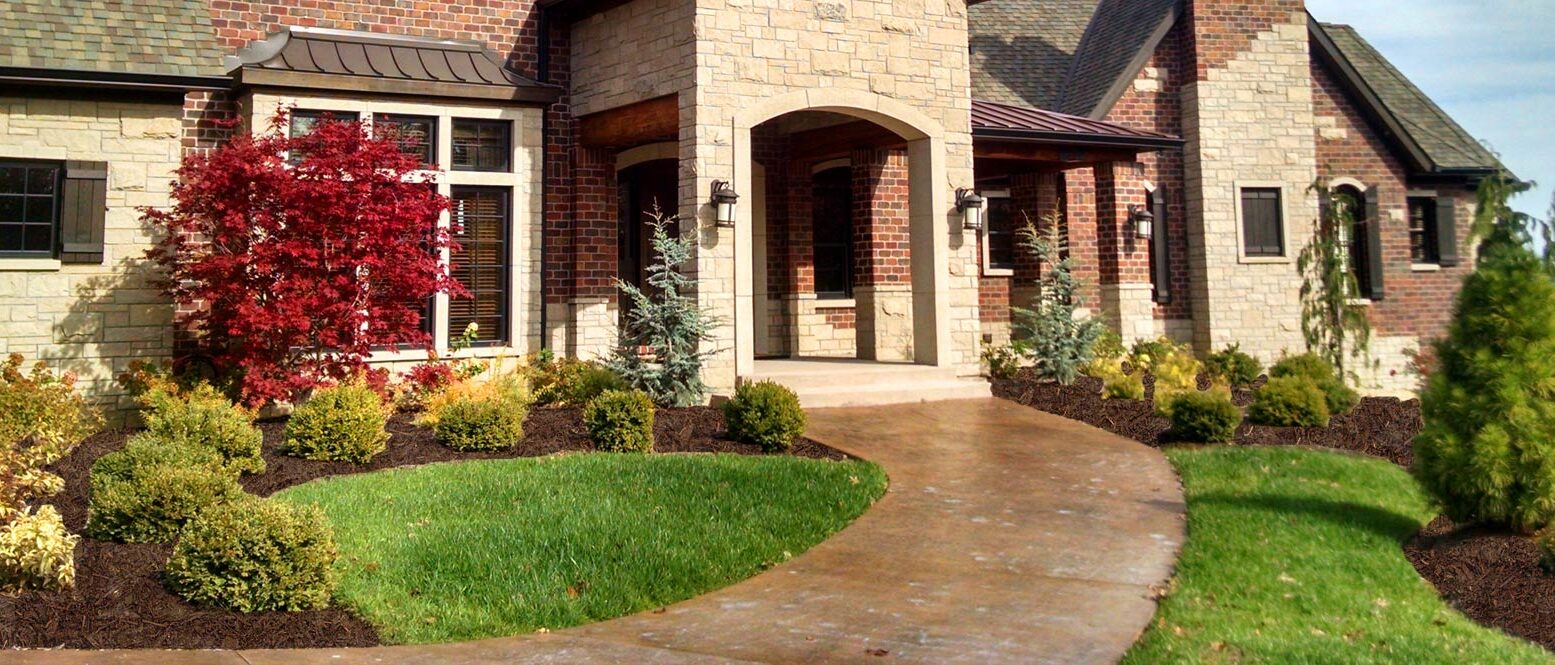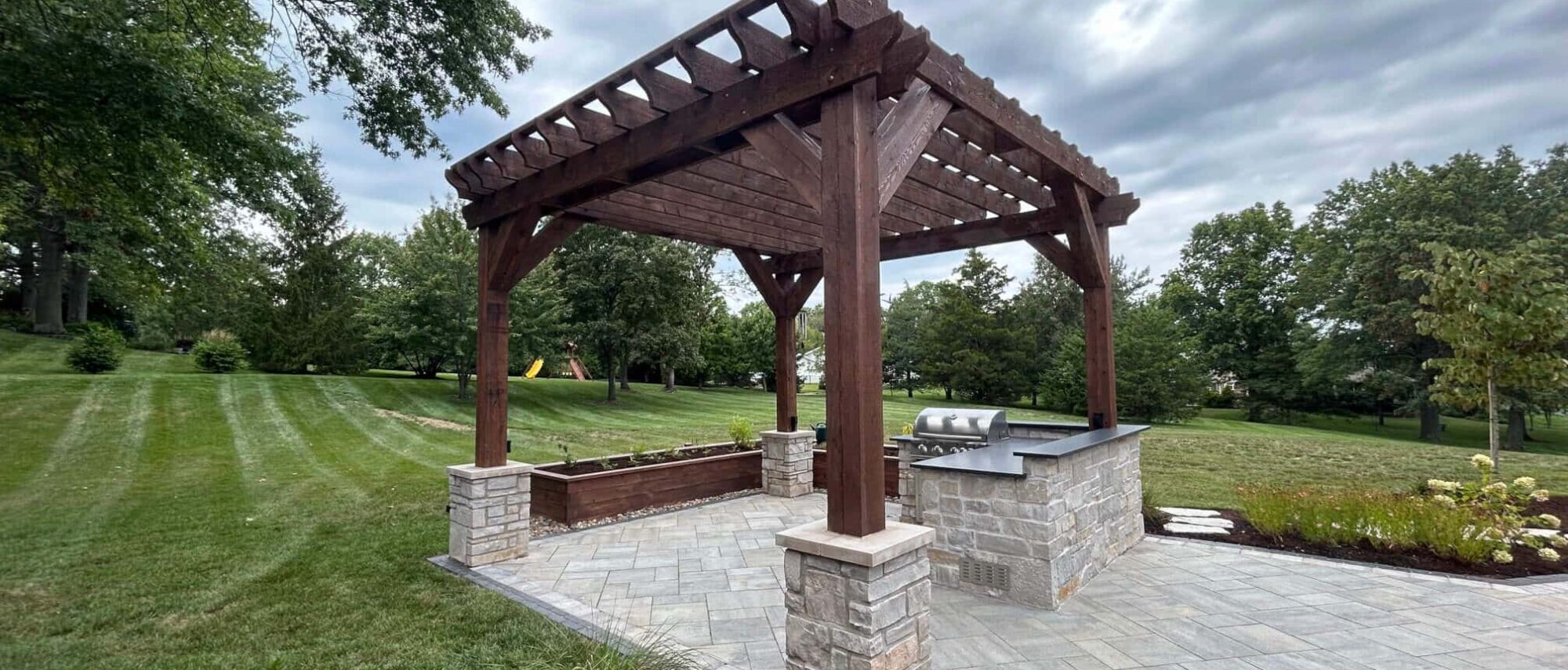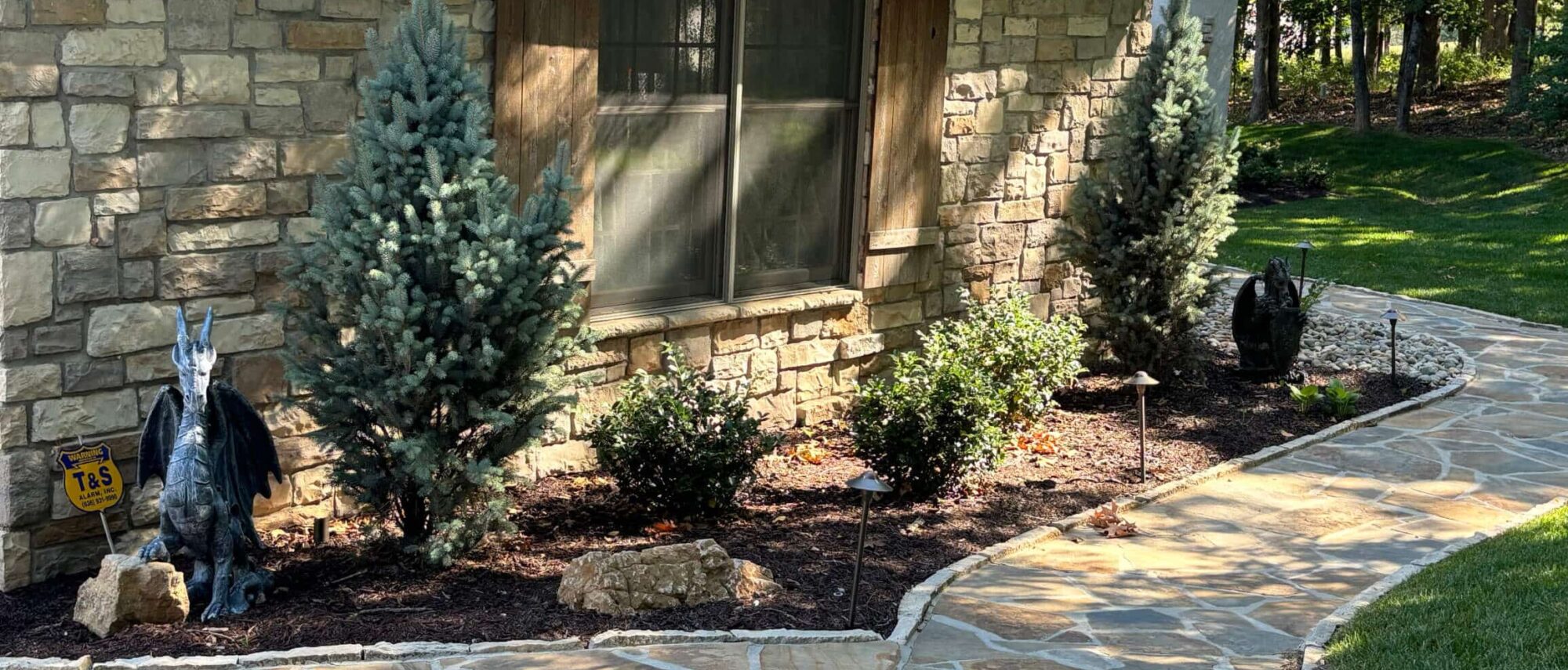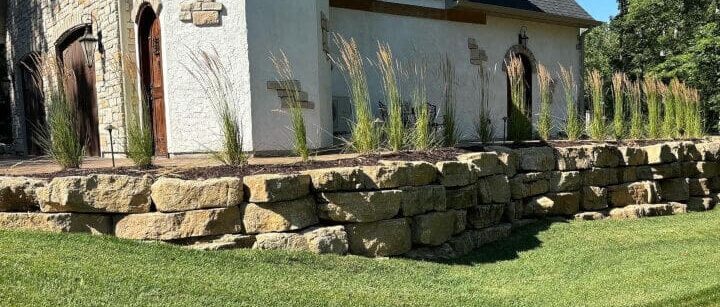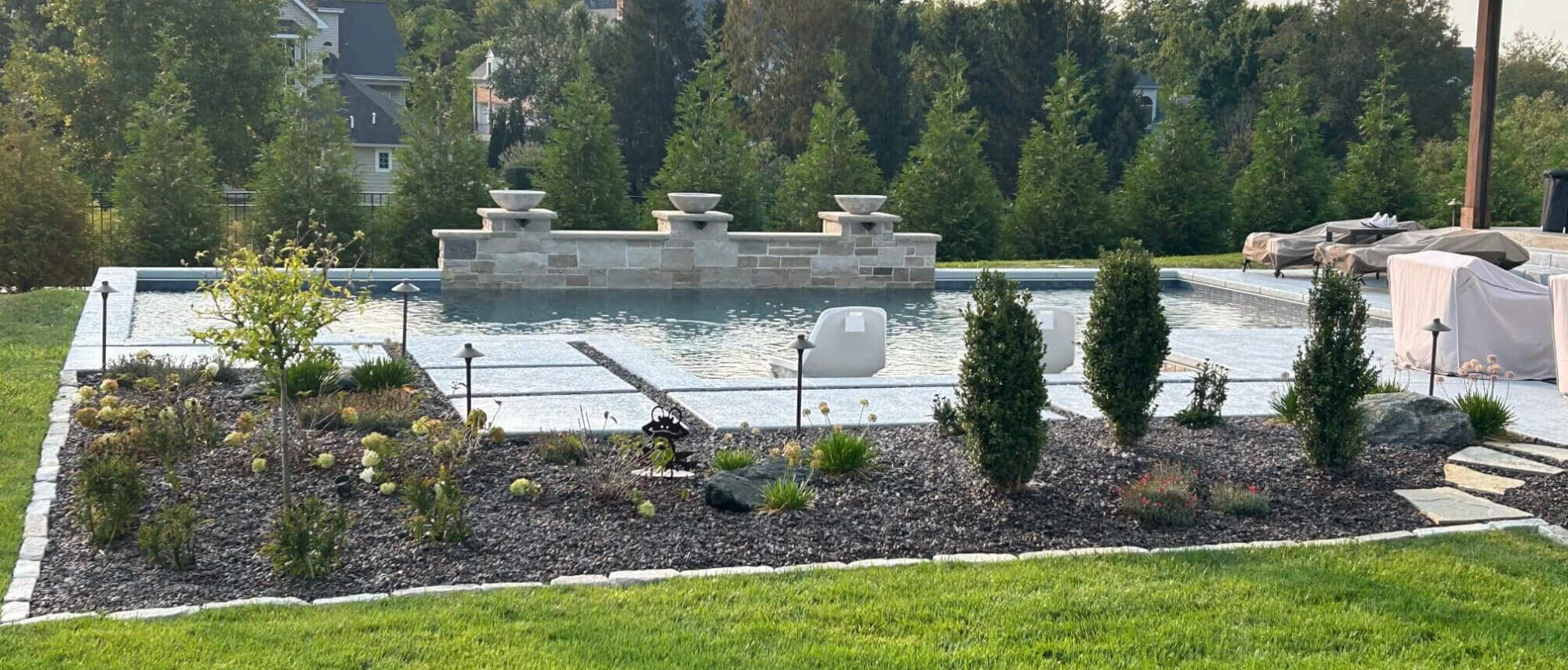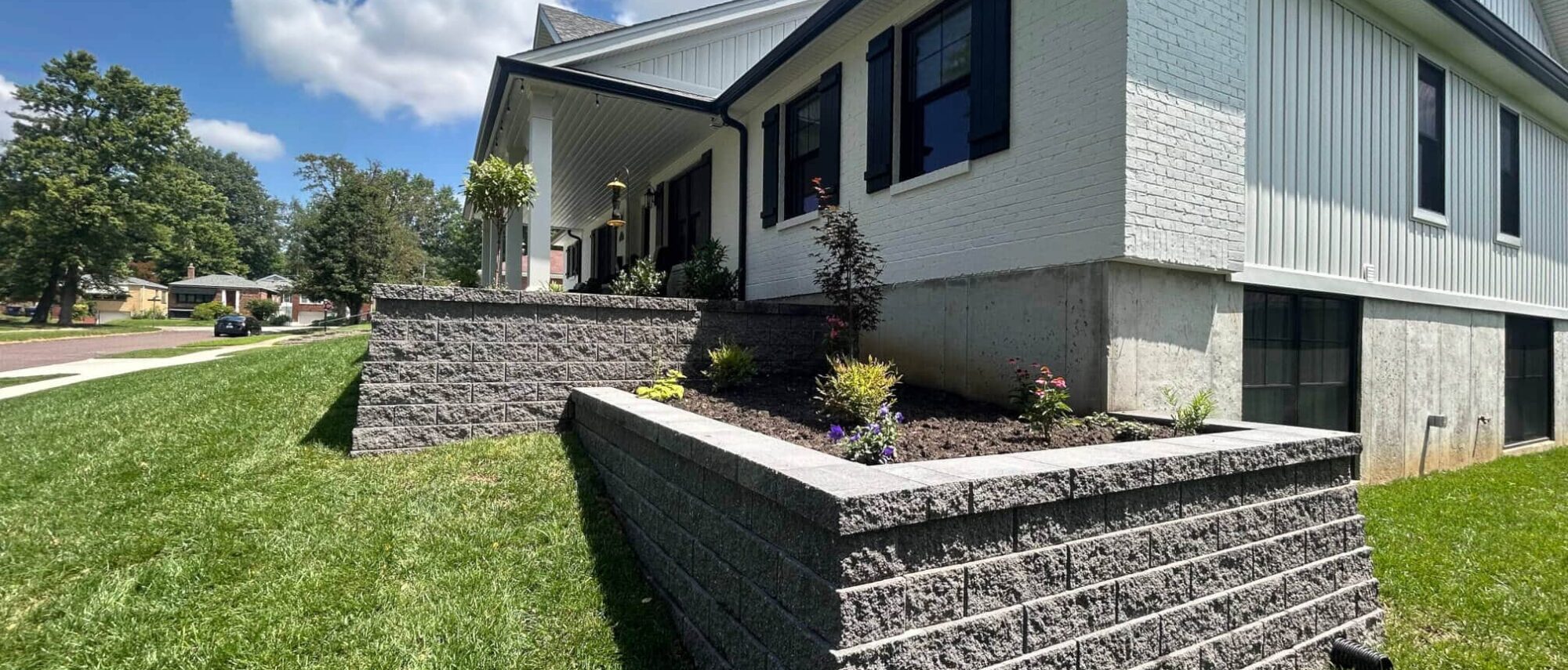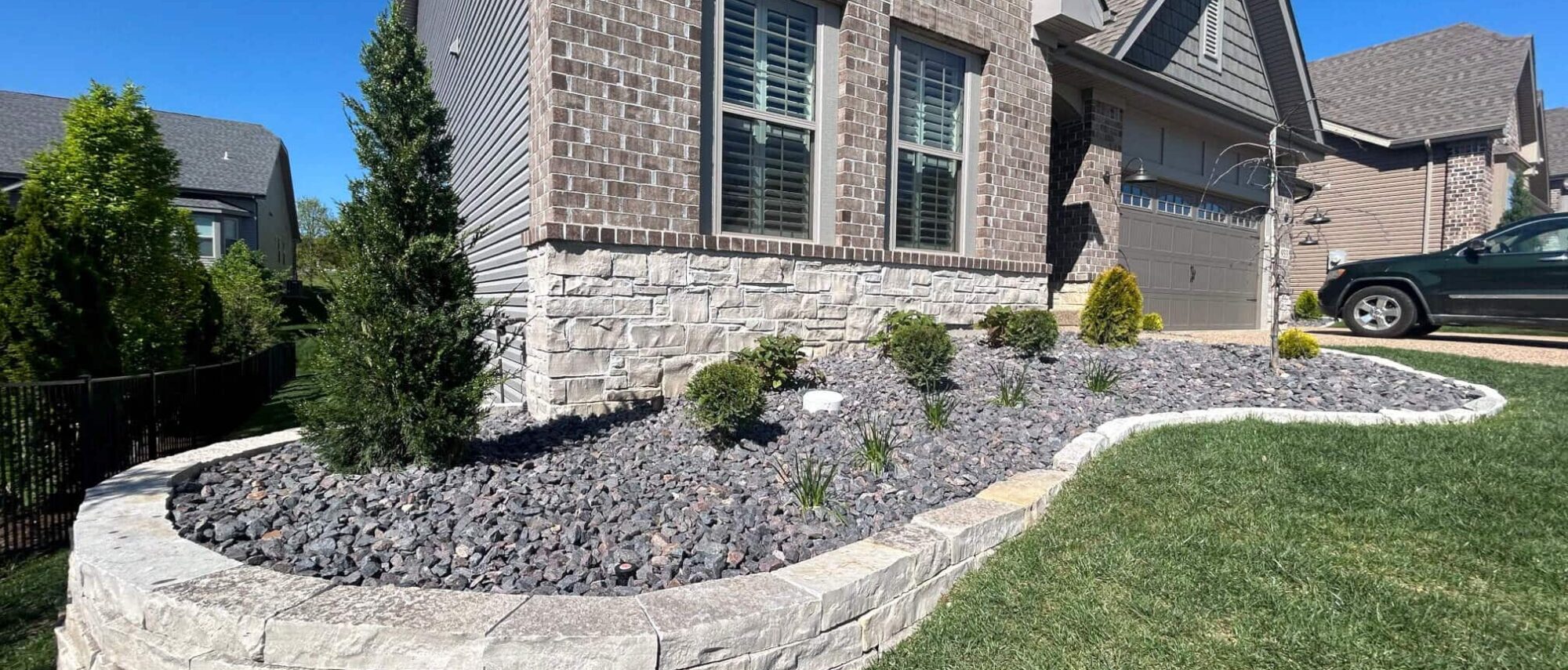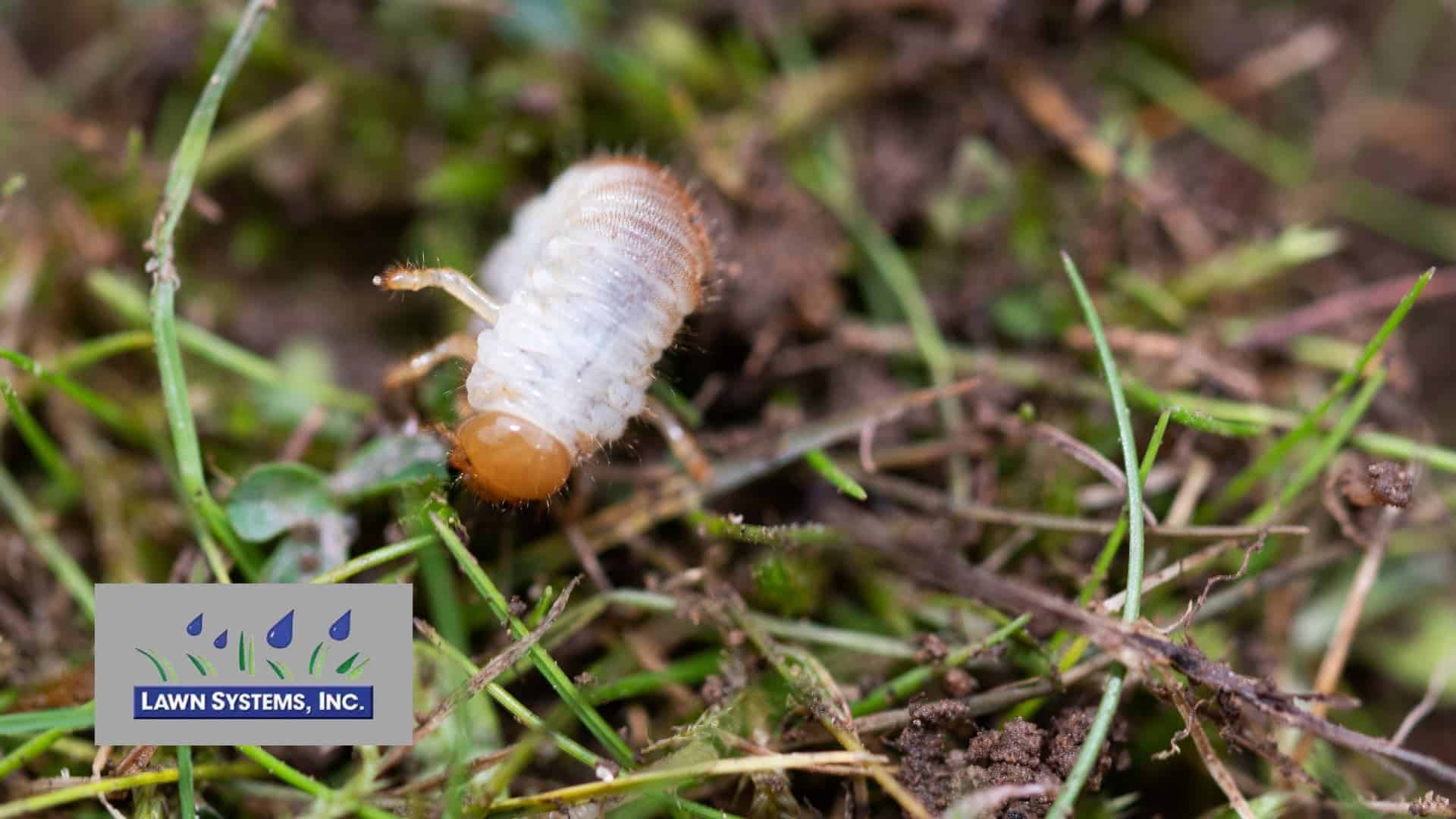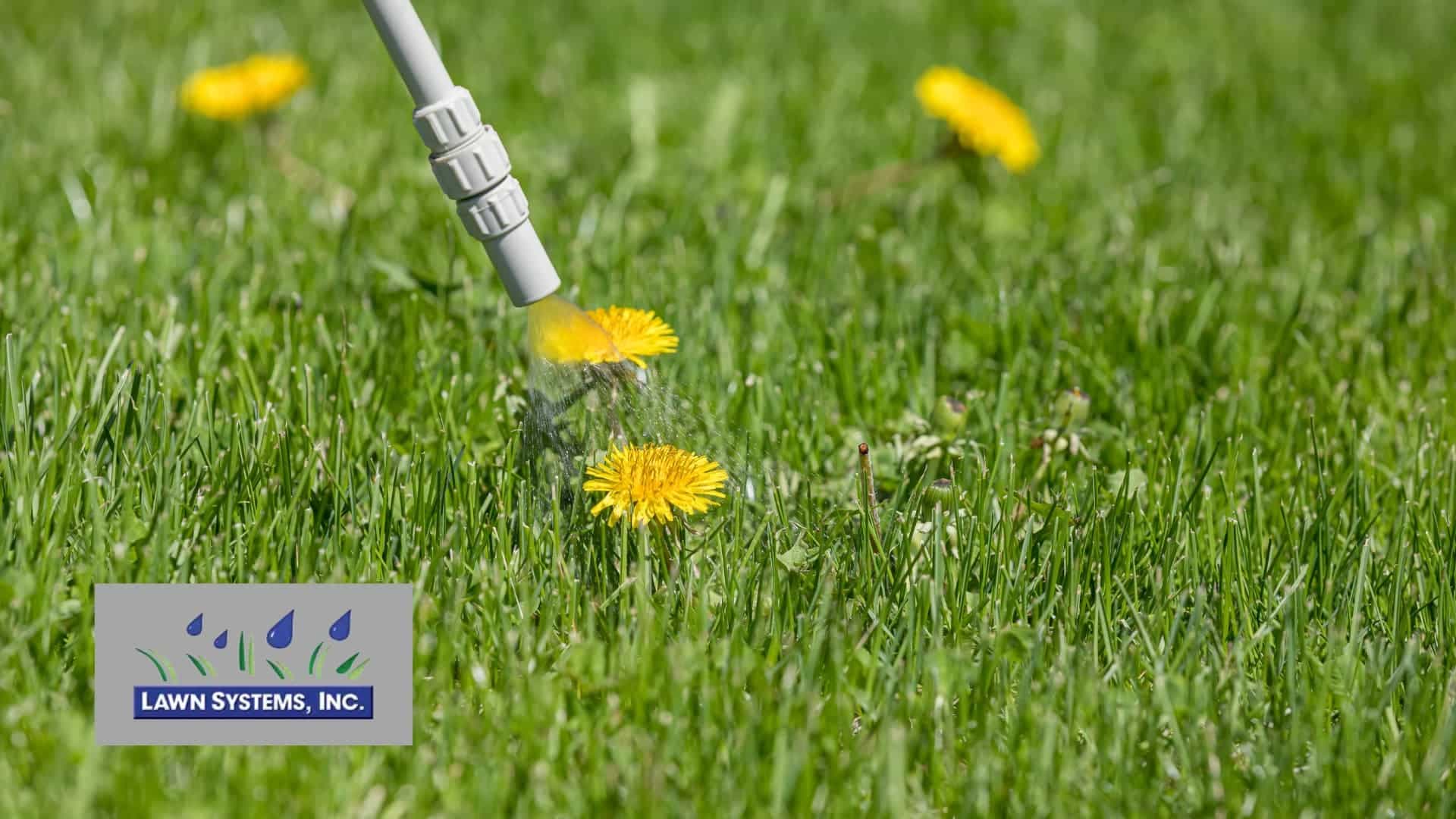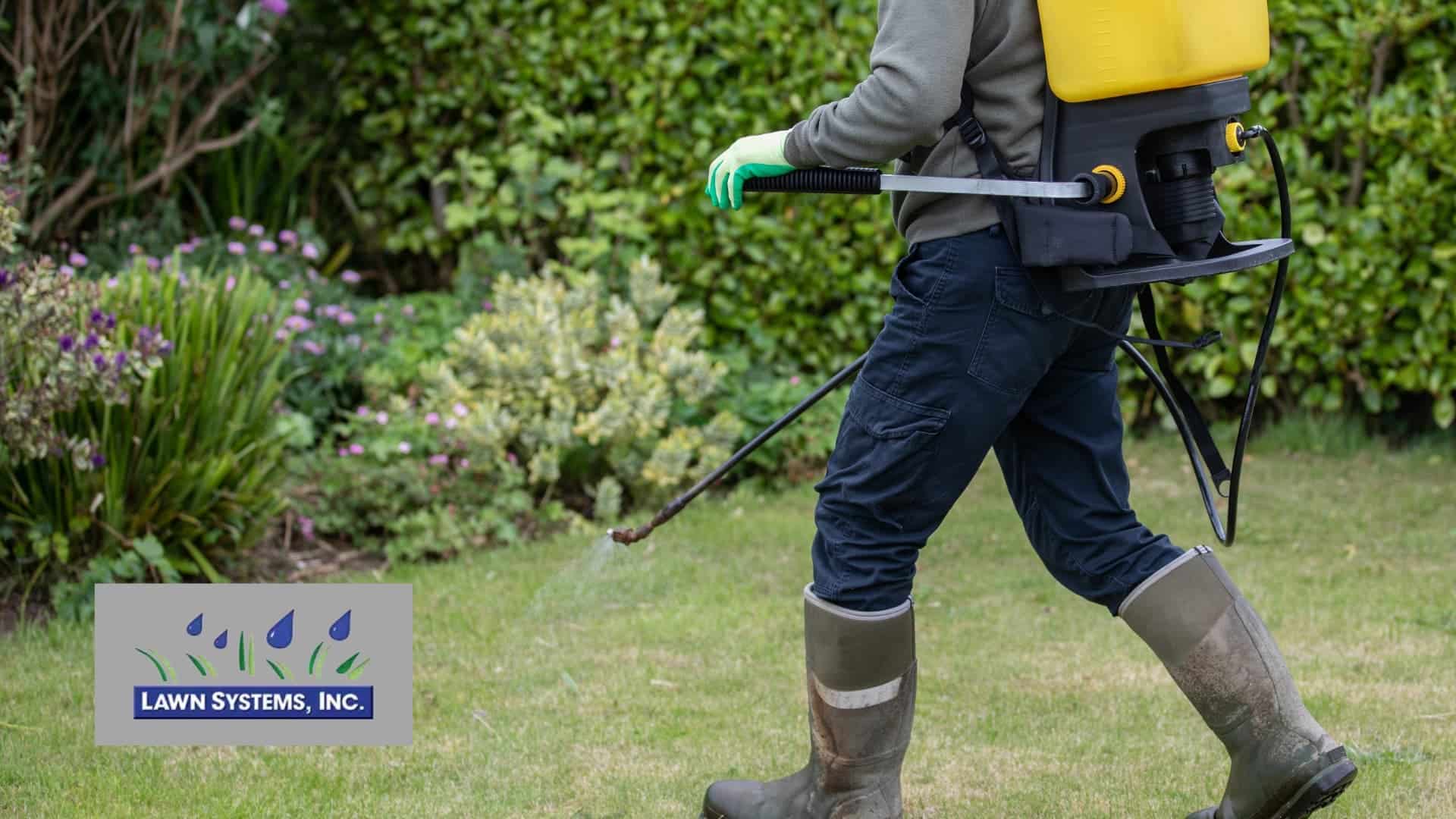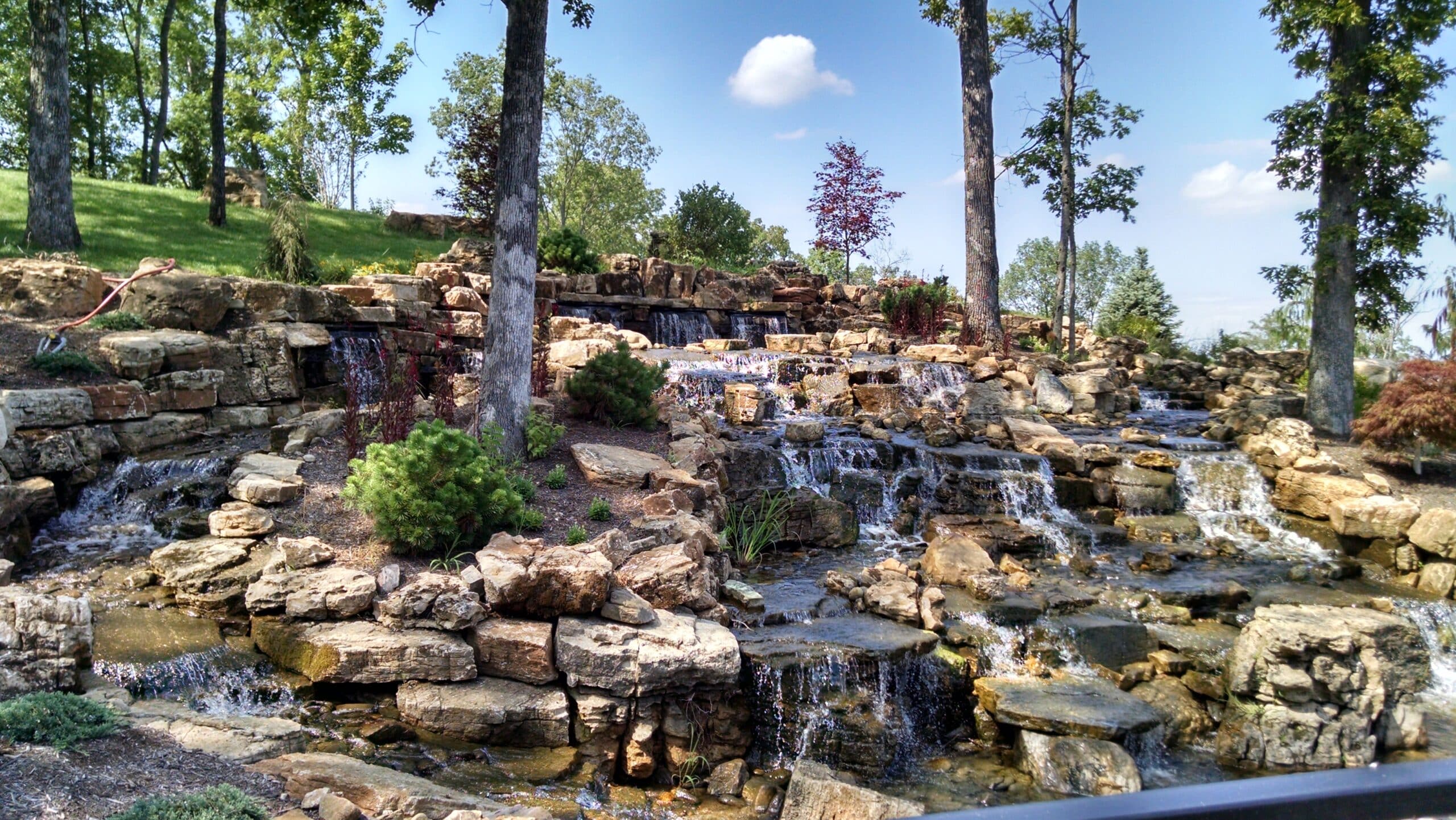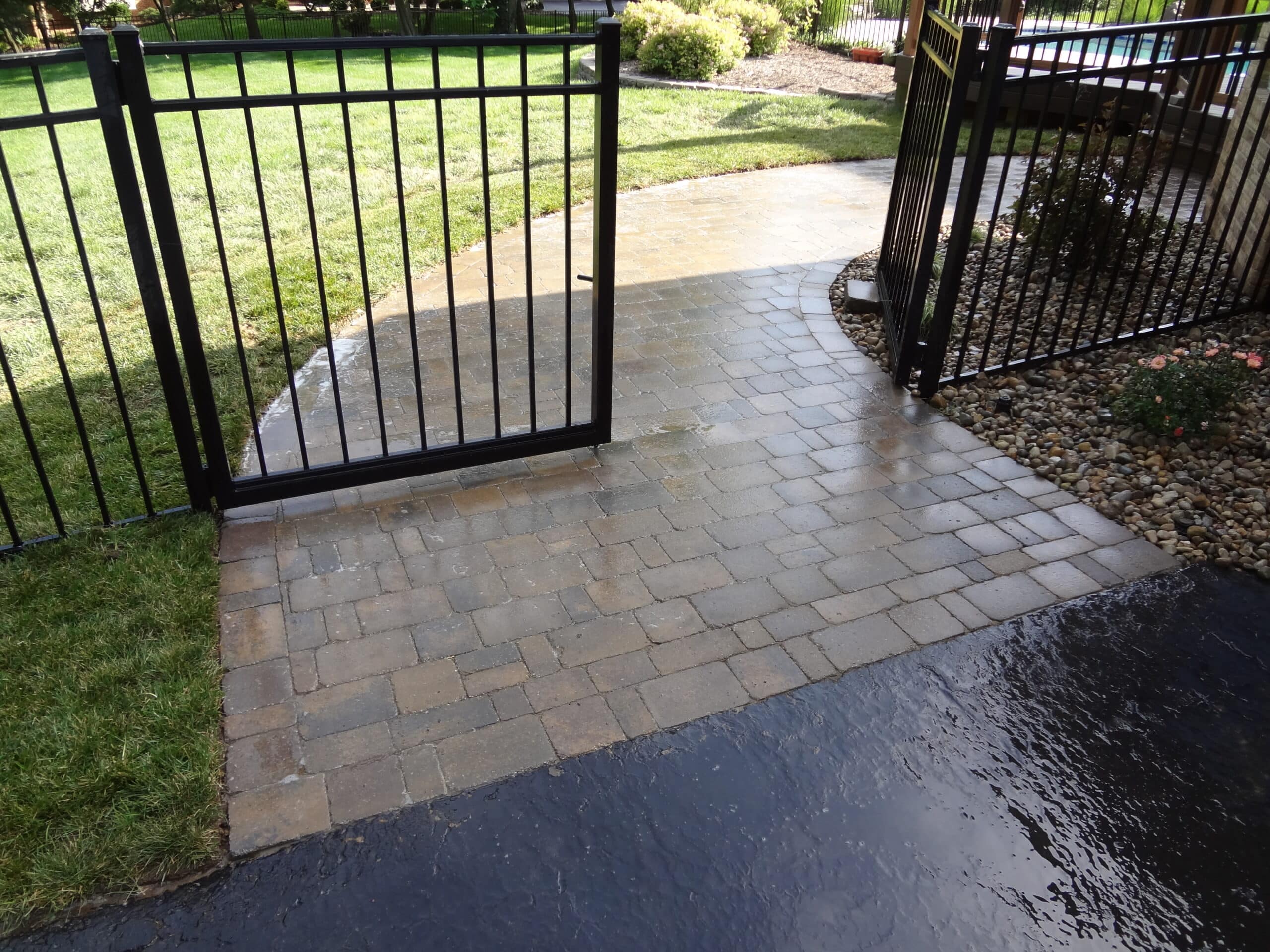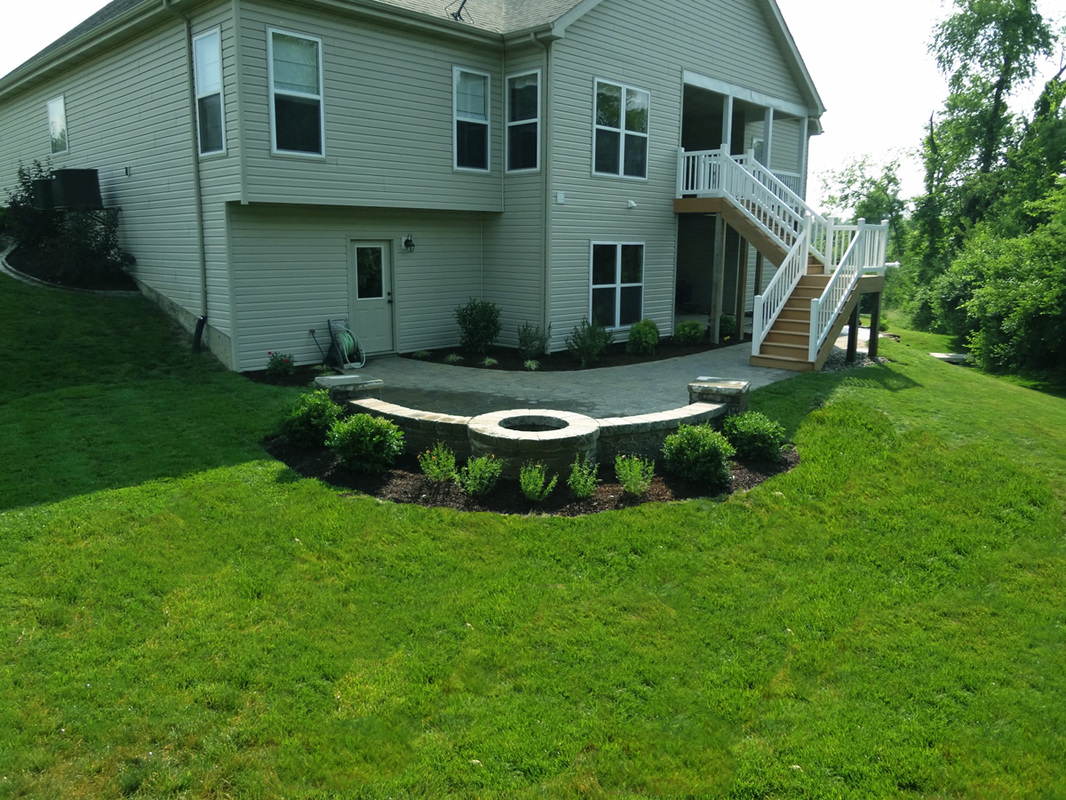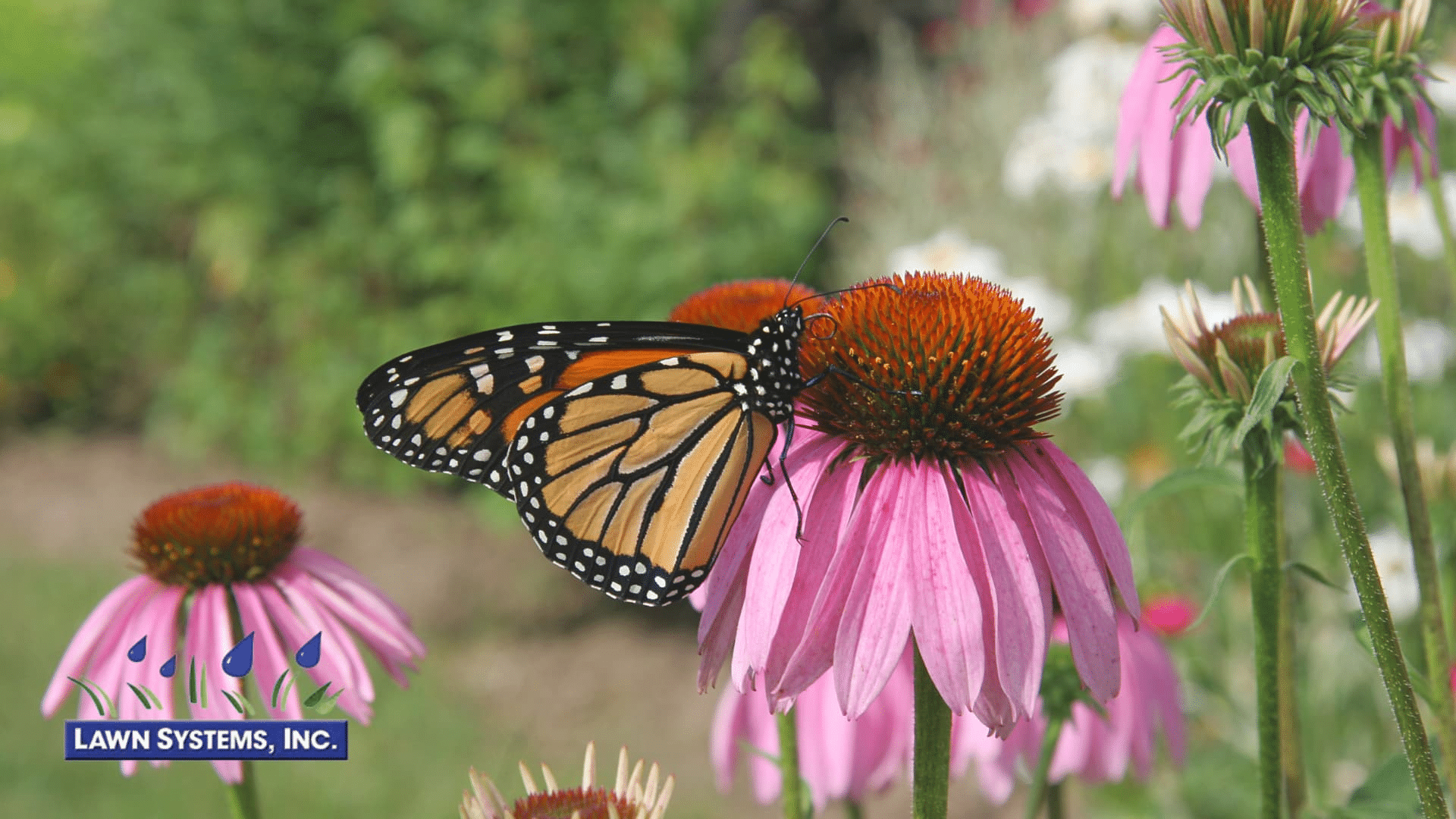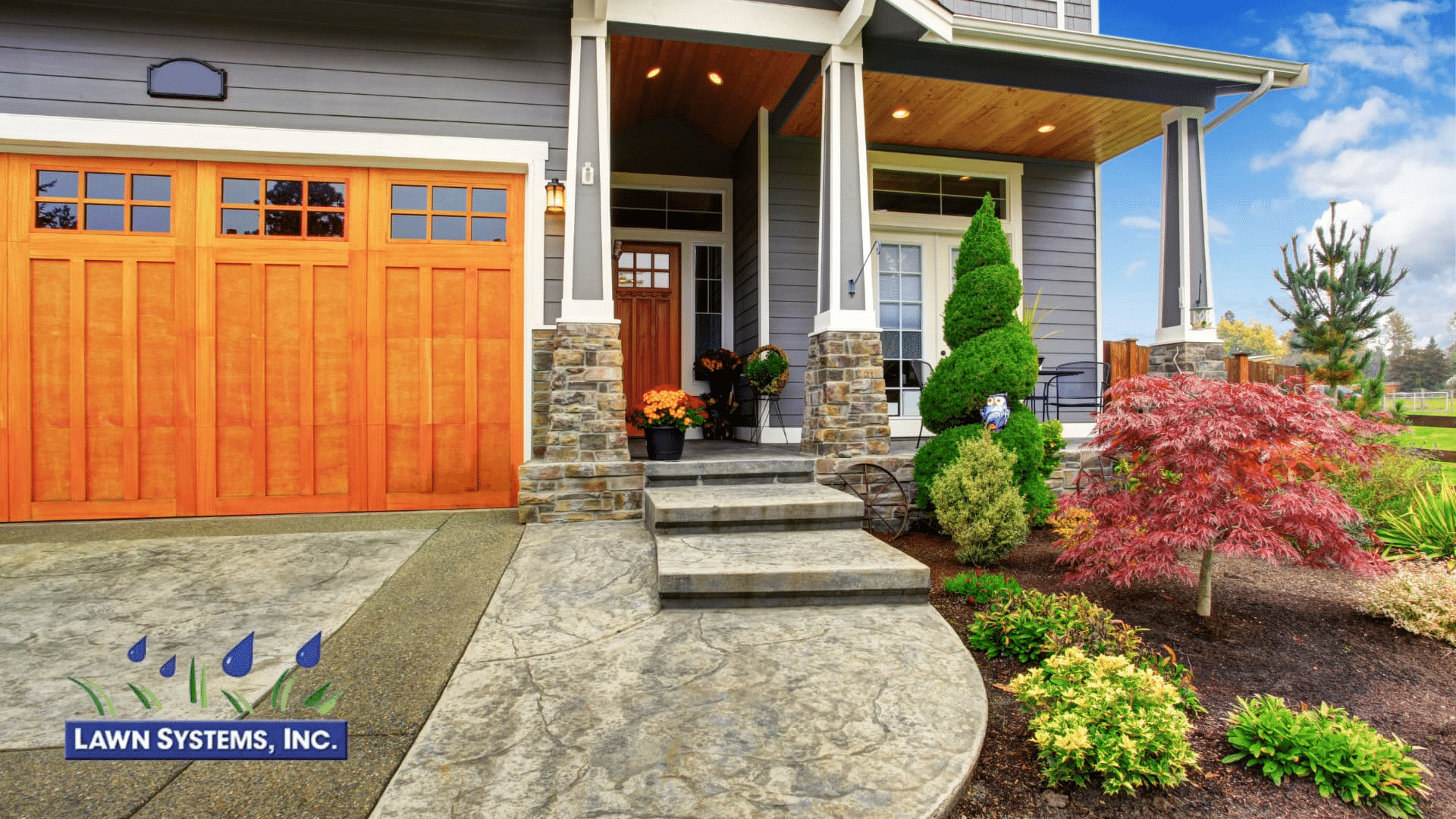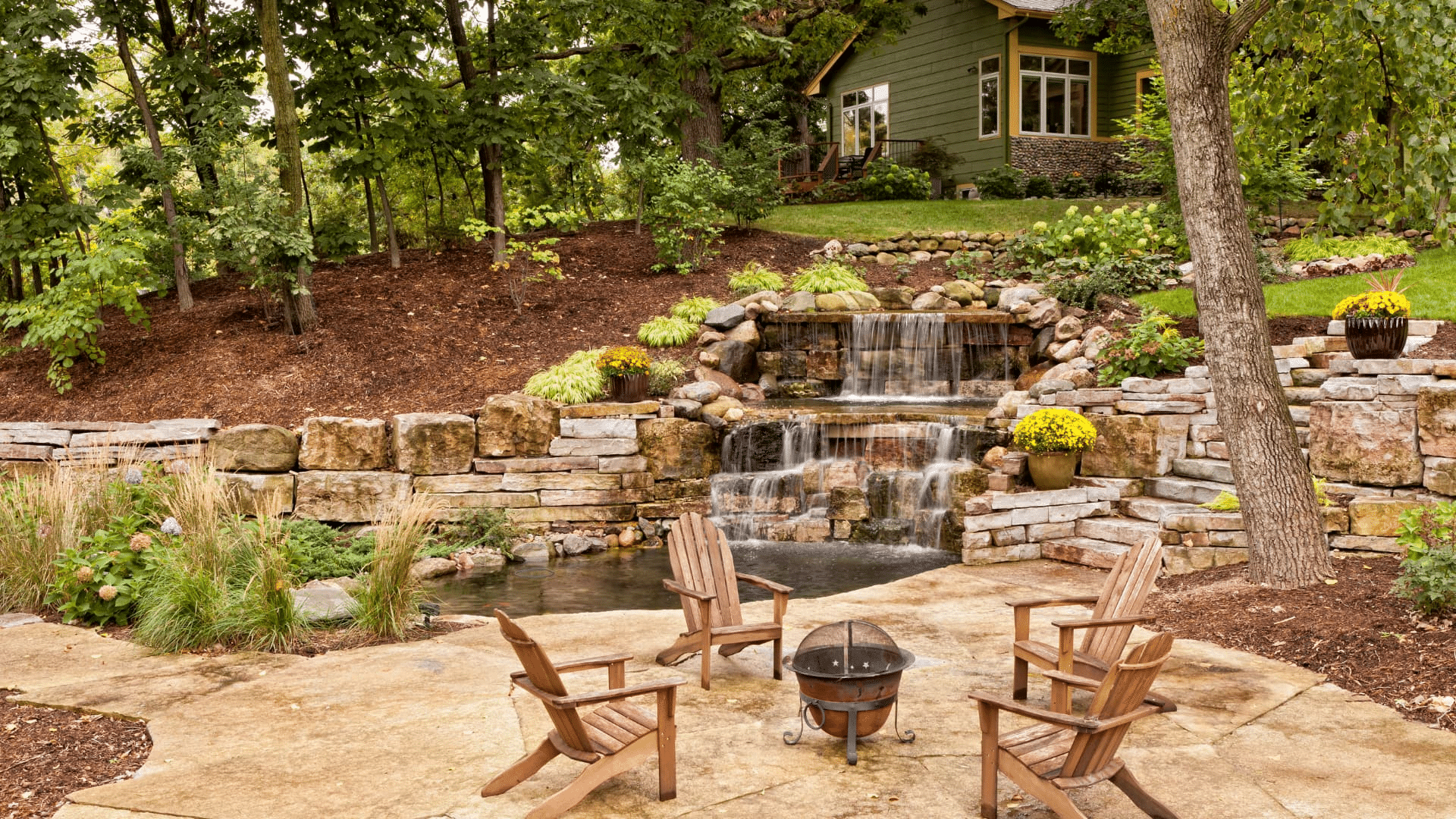What is Grub Control?
Before we dive into the benefits of grub control, it’s essential to understand what grubs are and how they affect your lawn. Grubs are the larvae of various beetle species, such as Japanese beetles, June beetles, and chafer beetles. These insects lay their eggs in the soil, and when they hatch, the grubs feed on the roots of your grass, causing significant damage.
The Consequences of Uncontrolled Grub Infestations
If left unchecked, grub infestations can lead to devastating consequences, including:
~Lawn Damage: Grubs feed on the roots of your grass, causing it to turn yellow, wilt, and eventually die.
~Pest Attraction: Grubs attract other pests, such as moles, raccoons, and birds, which can further damage your lawn.
~Reduced Property Value: A grub-infested lawn can decrease your property value, making it less attractive to potential buyers if you decide to sell.The Benefits of Grub Control ApplicationNow that we’ve discussed the consequences of uncontrolled grub infestations, let’s explore the benefits of grub control application:
1. Prevents Lawn Damage
Grub control application prevents grubs from feeding on your lawn’s roots, ensuring your grass remains healthy and thriving. By controlling grub populations, you can avoid the costly repairs associated with lawn damage.
2. Reduces Watering Needs
When grubs are under control, your lawn requires less frequent watering, saving you money on your water bill and reducing the risk of drought stress.
3. Deters Other Pests
By controlling grub populations, you’ll also deter other pests, such as moles, raccoons, and birds, which can cause additional damage to your lawn.
4. Increases Property Value
A healthy, grub-free lawn can increase your property value, making it more attractive to potential buyers if you decide to sell.
5. Enhances Lawn Aesthetics
Grub control application ensures your lawn looks its best, with lush, green grass that’s free from unsightly brown patches and bare spots.
6. Reduces Environmental Impact
By controlling grub populations, you’ll reduce the need for pesticides and other chemicals, minimizing your environmental footprint.
7. Cost-Effective
Grub control application is a cost-effective solution, especially when compared to the expense of repairing a damaged lawn.
8. Long-Term Protection
Many grub control products offer long-term protection, providing peace of mind and ensuring your lawn remains healthy and pest-free for months to come.
9. Prevents Soil Erosion
Grub control application helps prevent soil erosion, which can occur when grubs burrow into the soil, creating tunnels and holes that can lead to soil erosion.
10. Enhances Lawn Health
By controlling grub populations, you’ll promote healthy lawn growth, as your grass will be able to absorb the necessary nutrients and water without interference from grubs.
At Lawn Systems, Inc., we have a program in place to help will all your fertilization needs, call us today to set up your scheduled fertilization visits!
Remember to look to our professional line of services to keep your home and business lawn and landscaping looking great and with our help – maintenance free! Our services include: Sprinkler Systems, Landscaping, Lighting, Water Drainage Solutions, Outdoor Living Concepts, Water Features, Fertilization – Take a look at our gallery and read more about lawn services on our blog!
We serve the St. Louis community and the surrounding cities: Ballwin, Clayton, Fenton, Chesterfield, Ladue, Kirkwood, St. Charles, Lake St. Louis, Webster Groves and our surrounding area, call us today!

